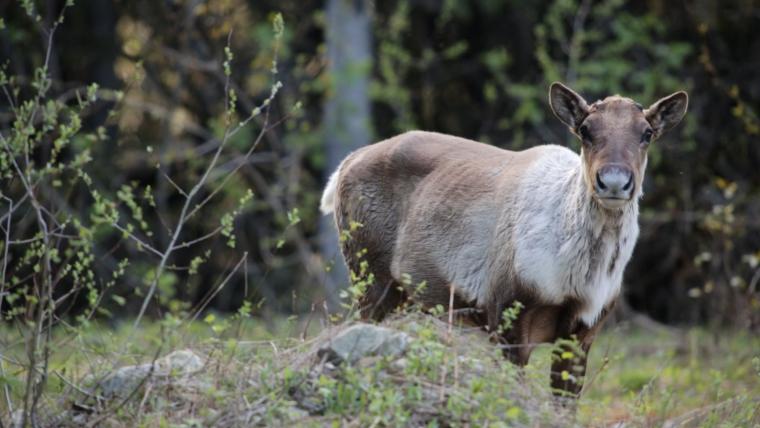
How the return of the eastern quoll is restoring balance to Australia
For millions of years, eastern quolls were common throughout all of Australia. But in 1963, they were declared extinct from the mainland. The spotted mammal was hunted by feral predators and thought to have faced widespread disease and habitat loss. While they managed to survive in Tasmania, these carnivorous marsupials continued to experience numerous hardships. Now, they are returning to their former territory to burrow permanent homes.
Eastern quolls are environmental regulators who keep habitats healthy. Natural pest controllers, these predators feed on a diet of insects, rats, rabbits, and carrion, maintaining a balanced ecosystem. Quolls can give birth to up to 30 young at a time. This may seem plenty, but because their pouch consists of six teats, only the pups who reach the teat first will survive. Unable to catch a break, quolls are listed as an endangered species. But there is hope as conservationists are bringing them back to the mainland.
In 2018, a total of 20 quolls were flown from Tasmania to Booderee National Park in New South Wales. These quolls gave birth to the first pups in Australia since their 50-year absence. Following the success of the reintroduction, 40 more eastern quolls were brought to the park. The collaborative work of WWF-Australia and Rewilding Australia in partnership with the Australian government, Wreck Bay Aboriginal Community, zoos and sanctuaries has made it possible to reinstate the once-extinct quoll.
The loss of eastern quolls in Australia serves as a reminder that even common, widespread animals are at risk. But through conservation efforts, these animals have been able to return to their native land. While the small yet ferocious eastern quolls continue to live in restricted areas to give them a better chance of survival, it’s here that they are laying the foundation for a life in the wild.






























Please sign in to leave a comment